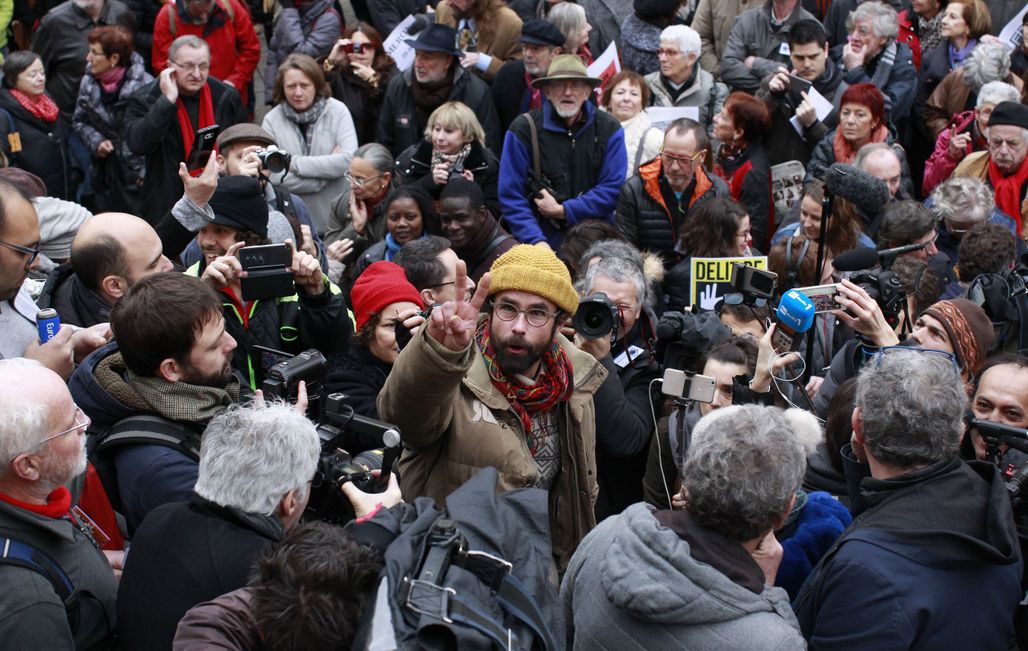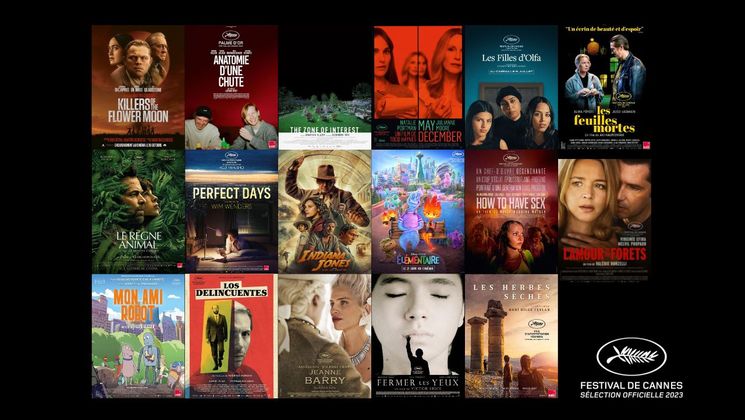
Libre (To the Four Winds), an interview with Michel Toesca

Over three years, the director Michel Toesca filmed the gradual influx of refugees in the Roya Valley, near the Italian border, with the help of Cédric Herrou, a farmer who has since been convicted. Original in both form and tone, Libre (To The Four Winds) is a gesture of resistance which reminds us that the only response to the drama that affects refugees is humanity.
What was the starting point for your film?
I've lived in the Roya Valley for ten years, Like all the locals, I've witnessed the gradual influx of refugees in recent years. A few months back, in Vintimille, an Italian town near the border, I noticed the presence of around two or three hundred migrants hanging around in the streets and sleeping on the beach. That was 2015 and they hadn't reached Roya yet. It was then that I got out my camera and began filming. So it all started in Italy. I followed the refugees as they tried to cross the border and arrive in Roya.
How did your collaboration with Cédric Herrou begin?
I'd known Cédric for a while and one day he confided in me that he was helping the refugees. During the three months of intense filming, he was the only one who never gave up. Which is why he became the central character in the film. The closeness and friendship I feel with Cédric helped me get close to the action and to film the moments of joy and the essential celebrations, despite the gravity of the situation.
How did you go about filming on the ground?
For two years, I filmed and edited alone. When Jean-Marie Gigon, the producer, finally decided to get involved in developing the film, I asked to work with an editor so I could get even closer to the action on the ground. Catherine Libert, someone I have great confidence in, agreed to take on the project. I dispensed with the idea of narration and concentrated on the action. I began shooting in June 2015 and finished last November. The neutralisation of the valley put an end to the film – a film that made sense.
How did the refugees or the helpers react to the presence of your camera?
At the beginning, they were very reserved because there was no media attention at the time. Little by little, the political impact of the media unblocked things. Sometimes, when things were tense, I got a few helpers to film using their mobile phones.
What most affected you during these three years of shooting?
What was really interesting was to see the extent to which refugees in the Roya didn't find themselves – unlike Paris or Calais – facing a wall. They were welcomed! There was a real positive power in this process of travelling – an energy they communicated to us with laughter and a great deal of fantasy. That joie de vivre, humour and derision carried the film and fed into our way of approaching the situation.
What does this film represent for you?
For me, it's a political film, a film about political rights, a question that's central to the human condition. Cédric and I have always seen ourselves as citizens reacting to a particular situation, and never as activists. This film is a creative endeavour which sees itself as an act of resistance. In these cases, cinema can play a key role.


